Xbox streaming on Windows 10
Windows 10 can now pipe Xbox One games through your home network - here's how it works
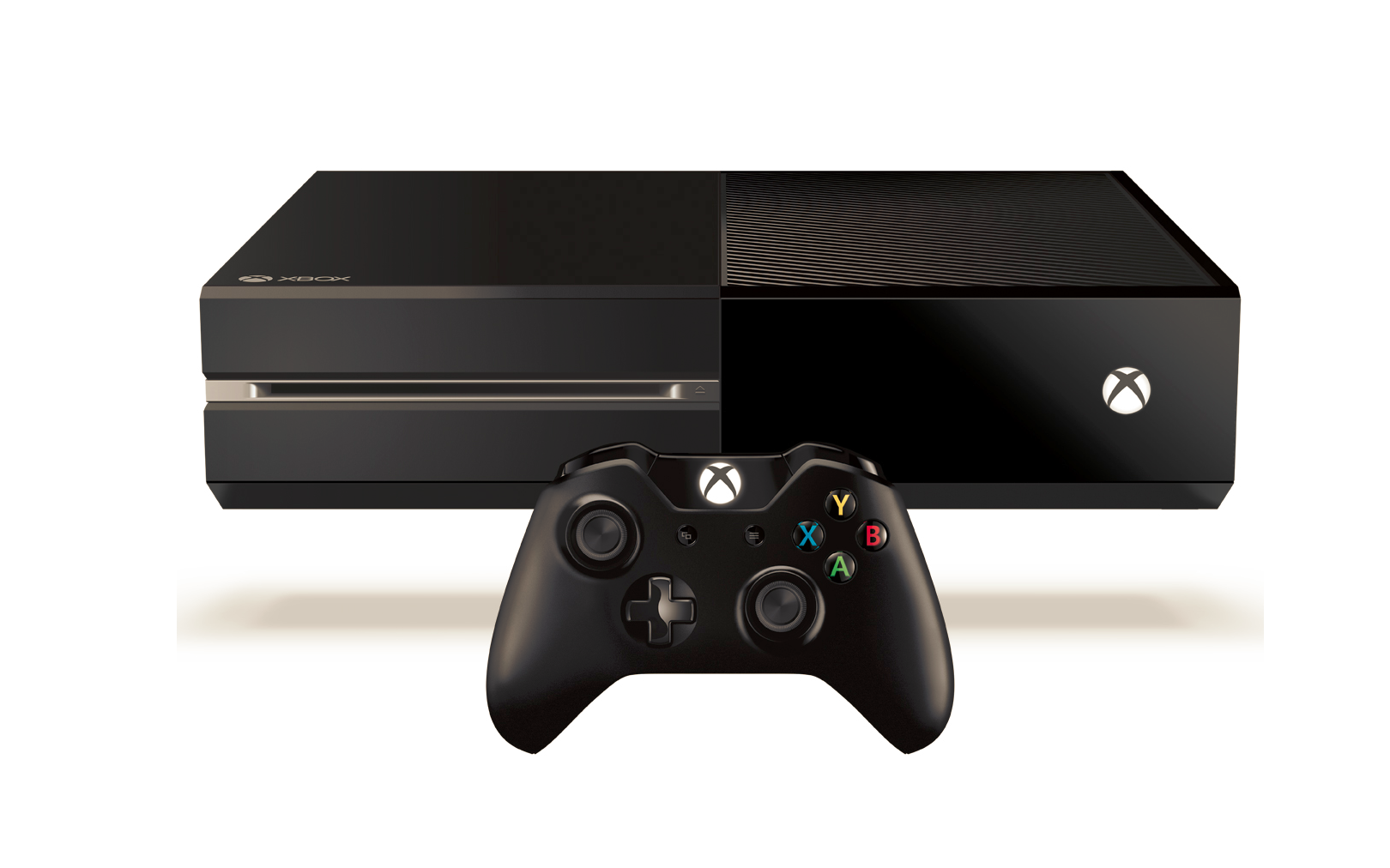

At the big Windows 10 event back in January, Microsoft revealed for the first time that in-home streaming is coming to Xbox One.
Rolling out as part of the Windows 10 launch on 29 July, gamers will soon be able to stream Xbox One games to virtually any PC or tablet via their WiFi network.
It's available for Windows Insiders now, if they're running a recent version of the Windows 10 technical preview, but will be available for all Xbox owners after the full release.
We got the chance to have a hands-on session with the new technology, and we have to say that it looks pretty impressive.
Set-up seems reasonably easy, with no additional cables or peripherals needed. Instead, everything is transferred over a basic home Wi-Fi connection.
The systems are linked via the Xbox app in Windows 10- all you have to do is locateyour Xbox in the paired devices menu, and you can begin streaming with a single press of a button.
The way the streaming function works is also one of its key features. The main grunt work is actually done by the Xbox One itself, which means that there are effectively no minimum requirements for the device that is being streamed to.
Get the ITPro daily newsletter
Sign up today and you will receive a free copy of our Future Focus 2025 report - the leading guidance on AI, cybersecurity and other IT challenges as per 700+ senior executives
As long as it's got the capacity to render high-definition video (which virtually every modern system does), then you can stream to it, with the host device acting as a Chromecast-style mirror.
The visual data from the games are piped through over WiFi, while players' controller input is simultaneously sent back to the Xbox. This means that your streaming experience is to some degree dependent on the quality of your internet connection.
Thankfully, it's not a case of needing a top-notch connection to even think about using it. Microsoft has ensured that even gamers on lower bandwidth can use the service, by including quality settings.
Divided into high', medium' and low', these options scale back the strength of signal needed by reducing the quality of the stream. On the lowest setting, the game is perfectly playable, though of course the graphics are far from top-notch.
The resolution and texture quality all take noticeable hits, and the frame rate drops down to what looks to be around 30FPS. On the plus side, this lowers the bandwidth use dramatically, which can be viewed via an in-stream visualizer.
Medium quality is a little less punishing; the framerate's still hovering around 30FPS, but texture quality and resolution aren't quite so scaled-back.
It's the high-quality stream, however, that really shines. The resolution looks pixel-perfect, and there's not a hint of frame-dropping, with Forza 5 running at a solid 60FPS in our hands-on demo.
Essentially, it's an exact, real-time replication of what appears on whichever TV the Xbox is connected to. There's no input lag, either in terms of functionality, you couldn't ask for better in-home streaming.
So in terms of base functionality, the home streaming in Windows 10 appears to be spot on. However, it's worth pointing out that the host device we were streaming to in this case, a Surface Pro 3 was directly next to the Xbox running the game.
Whether the signal deteriorates over increased distances remains to be seen, and will be a crucial aspect of its usability. If moving further away introduces lag and latency, this could be a serious blow to the service.
As well as games, this function will work with any Xbox app, so you can stream music, video and other content to your heart's content.
Those with the ideal gaming set-up already are unlikely to be overly impressed playing Grand Theft Auto V on a laptop screen is hardly going to seem appealing if you've already got access to a 55-inch 4K TV.
Still, the prospect of being able to play in the garden or in the bath is undeniably appealing. And for those who have to share their TV with parents or housemates, this feature is likely to prove an absolute godsend.
We'll update this with a full review as soon as we've had a chance to properly put the Windows 10 Xbox streaming service through its paces. For now, though, it's a very impressive performance, and a huge leap forward for consumer-friendly, cross-platform gaming.
Adam Shepherd has been a technology journalist since 2015, covering everything from cloud storage and security, to smartphones and servers. Over the course of his career, he’s seen the spread of 5G, the growing ubiquity of wireless devices, and the start of the connected revolution. He’s also been to more trade shows and technology conferences than he cares to count.
Adam is an avid follower of the latest hardware innovations, and he is never happier than when tinkering with complex network configurations, or exploring a new Linux distro. He was also previously a co-host on the ITPro Podcast, where he was often found ranting about his love of strange gadgets, his disdain for Windows Mobile, and everything in between.
You can find Adam tweeting about enterprise technology (or more often bad jokes) @AdamShepherUK.
-
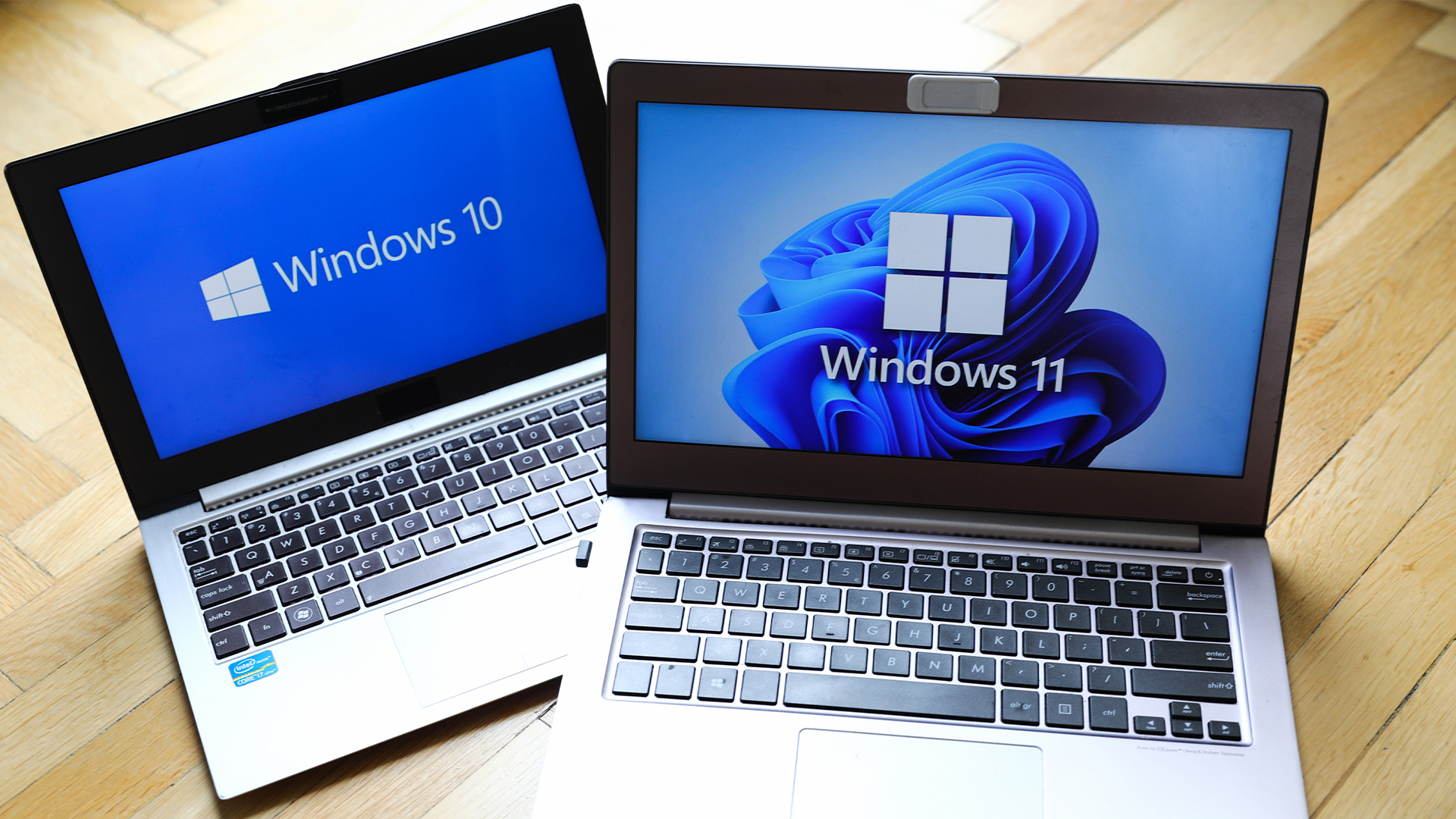 Dragging your feet on Windows 11 migration? Rising infostealer threats might change that
Dragging your feet on Windows 11 migration? Rising infostealer threats might change thatNews With the clock ticking down to the Windows 10 end of life deadline in October, organizations are dragging their feet on Windows 11 migration – and leaving their devices vulnerable as a result.
By Emma Woollacott
-
 Recall arrives for Intel and AMD devices after months of controversy
Recall arrives for Intel and AMD devices after months of controversyNews Microsoft's Recall feature is now available in preview for customers using AMD and Intel devices.
By Nicole Kobie
-
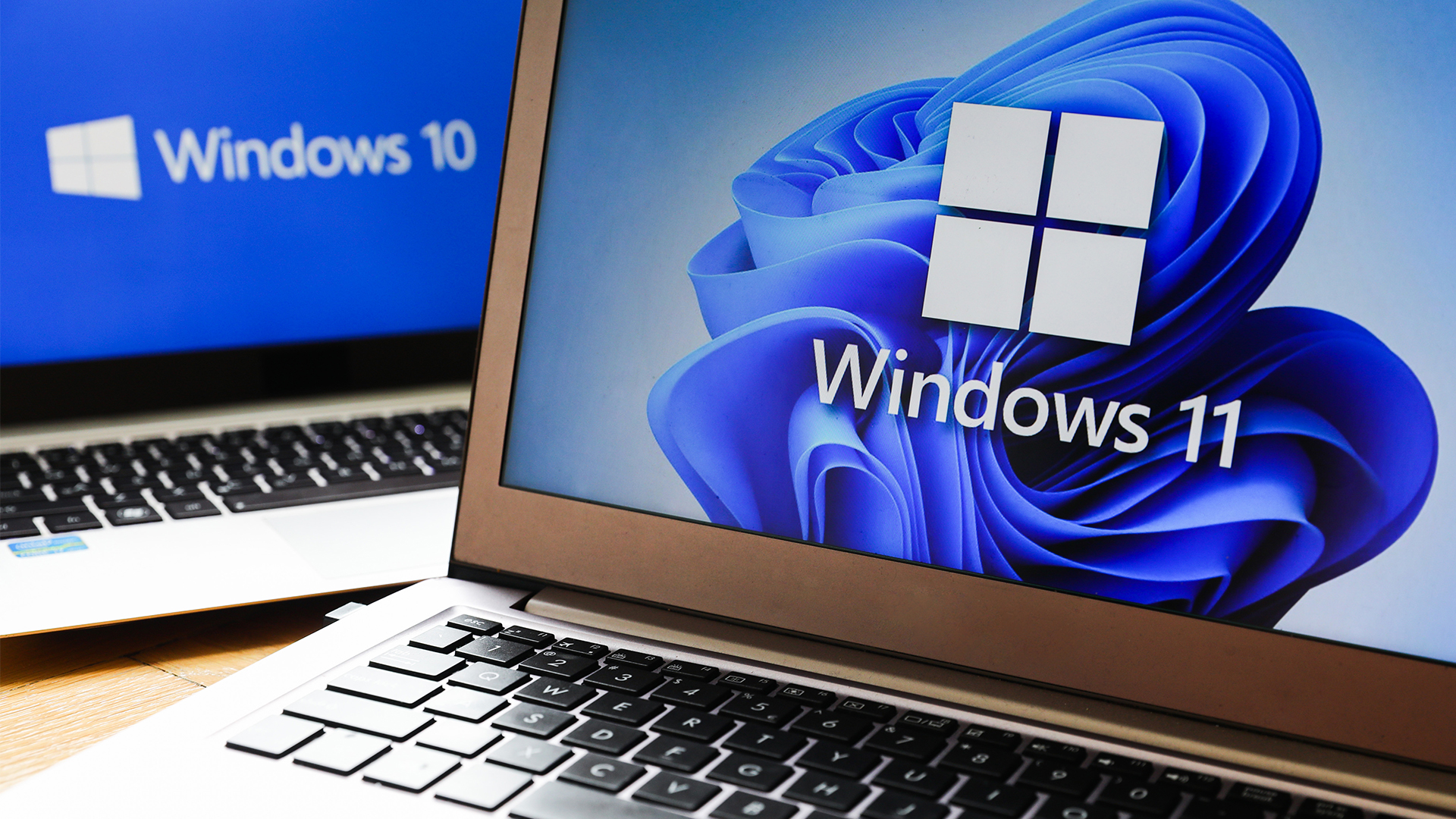 With one year to go until Windows 10 end of life, here’s what businesses should do to prepare
With one year to go until Windows 10 end of life, here’s what businesses should do to prepareNews IT teams need to migrate soon or risk a plethora of security and sustainability issues
By George Fitzmaurice
-
 Microsoft is doubling down on Widows Recall, adding new security and privacy features – will this help woo hesitant enterprise users?
Microsoft is doubling down on Widows Recall, adding new security and privacy features – will this help woo hesitant enterprise users?News The controversial AI-powered snapshotting tool can be uninstalled, Microsoft says
By Nicole Kobie
-
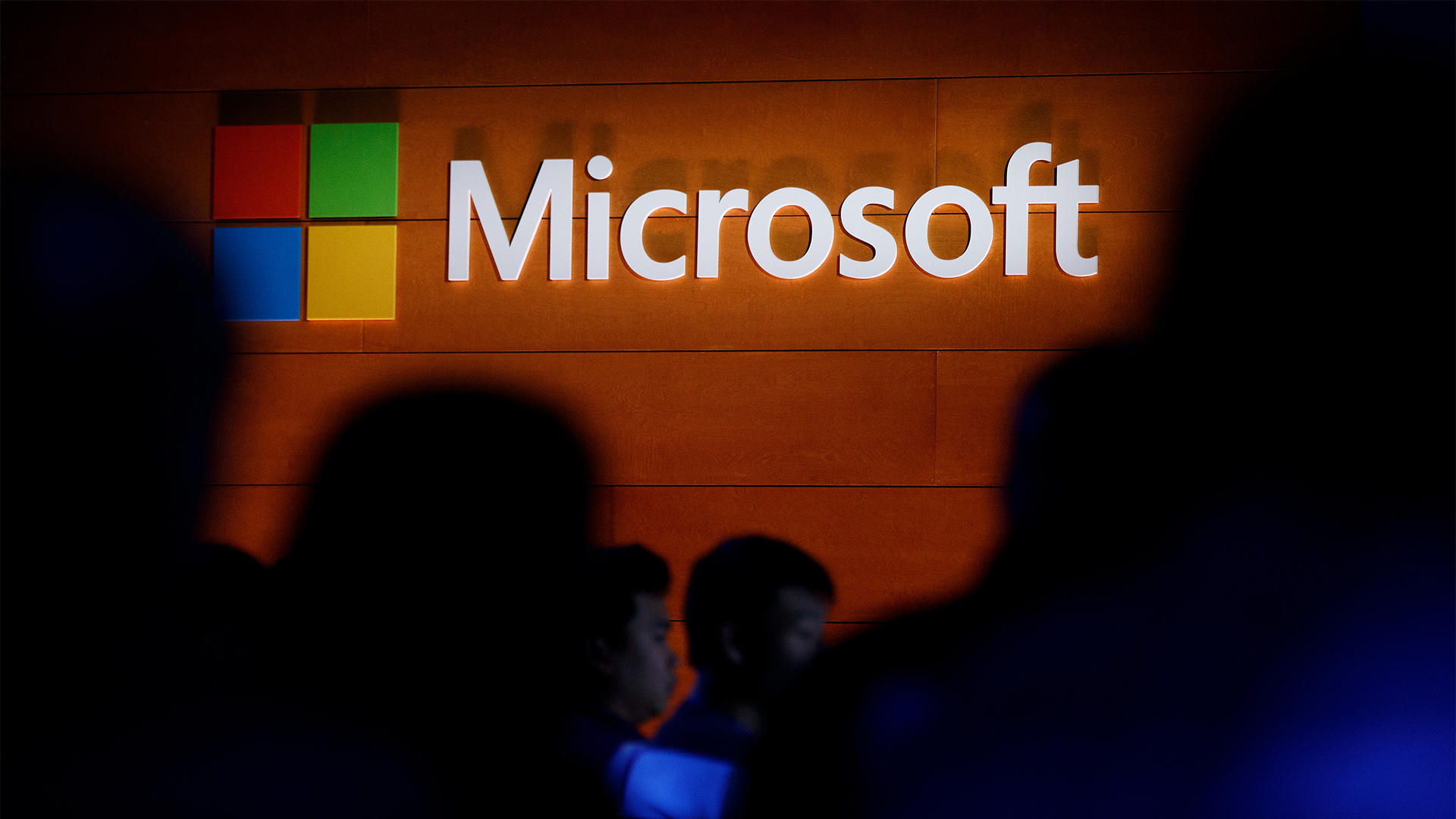 Microsoft patches rollback flaw in Windows 10
Microsoft patches rollback flaw in Windows 10News Patch Tuesday includes protection for a Windows 10 "downgrade" style attack after first being spotted in August
By Nicole Kobie
-
 Companies “wary” of Windows 11 migration challenges as Windows 10 EOL draws closer
Companies “wary” of Windows 11 migration challenges as Windows 10 EOL draws closerNews A recent study shows that only a fraction are running Windows 11, despite a rapidly-approaching end of life deadline
By George Fitzmaurice
-
 New Windows vulnerability could repeatedly trigger the blue screen of death on millions of devices
New Windows vulnerability could repeatedly trigger the blue screen of death on millions of devicesNews Attackers could exploit the Windows vulnerability to repeatedly crash machines and trigger a blue screen of death, according to researchers at Fortra
By Solomon Klappholz
-
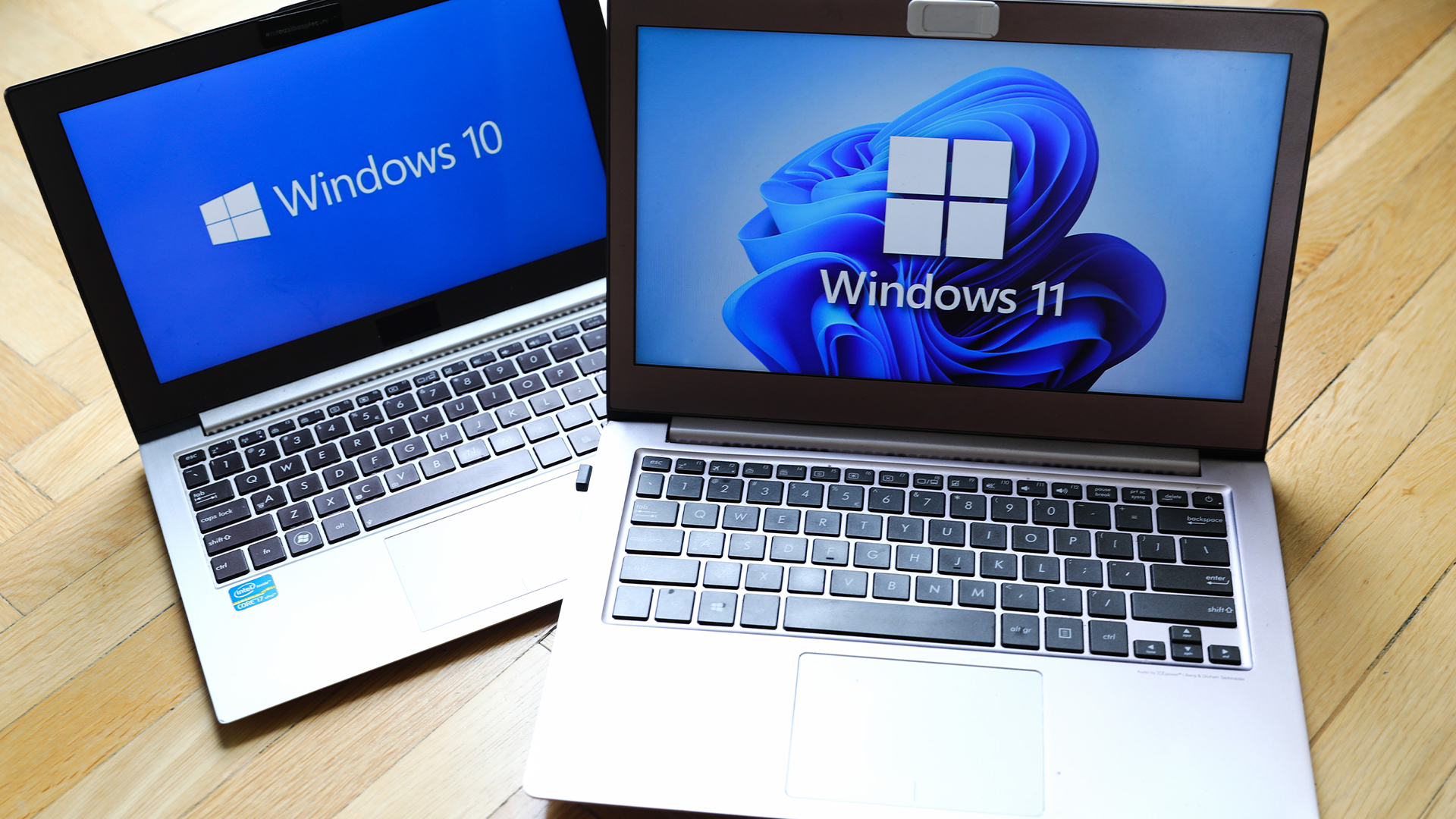 Here’s how much Windows 10 could cost if you don’t upgrade this year
Here’s how much Windows 10 could cost if you don’t upgrade this yearNews Windows 10 extended security updates will cost users dearly, with prices rising incrementally each year.
By George Fitzmaurice

